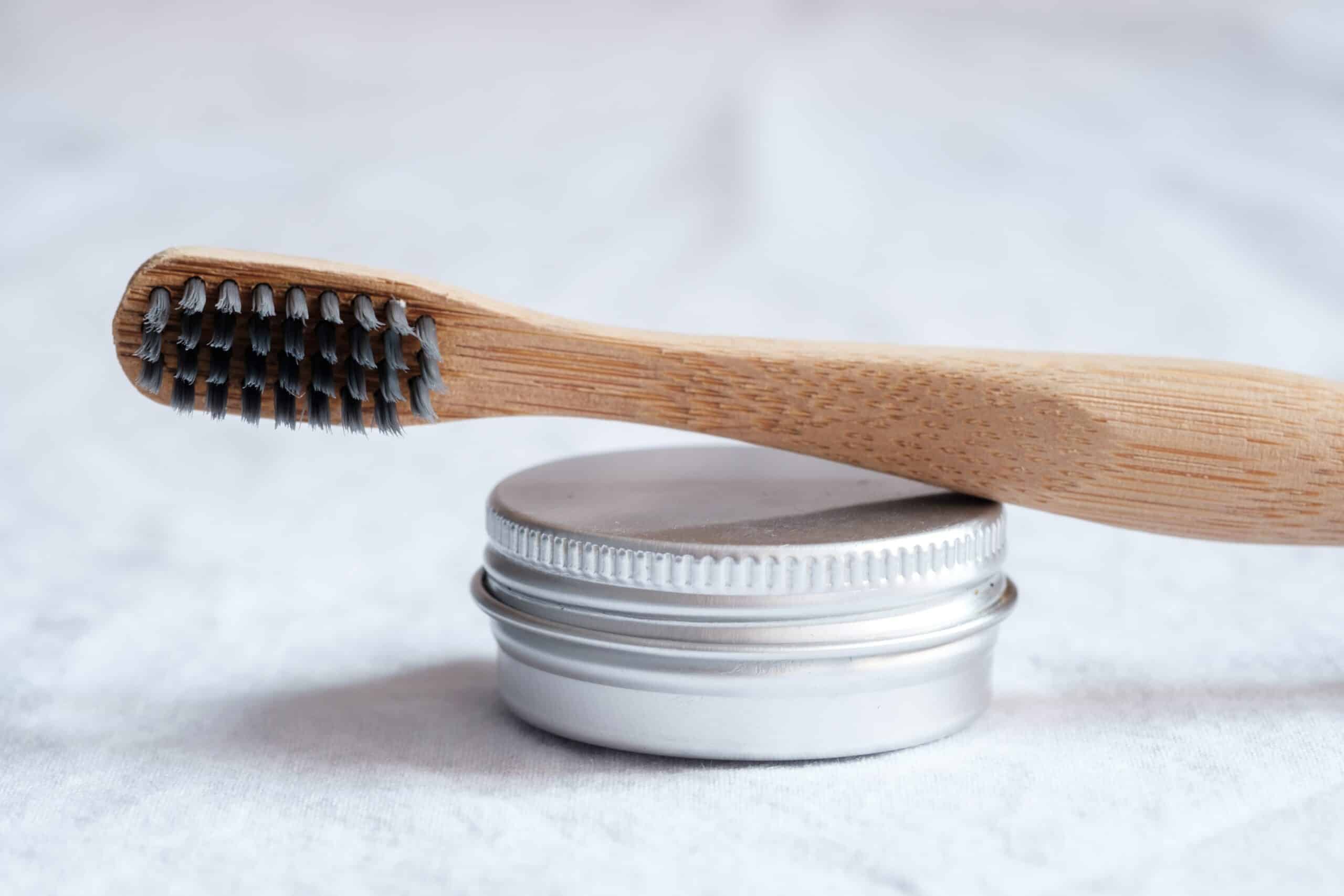
Brushing and Flossing
It’s more important than ever to brush and floss regularly when you have braces in order to avoid swollen gums, cavities and white scars on the teeth during orthodontic treatment. Patients who do not keep their teeth clean may need to be in treatment longer and require more frequent visits to the dentist for a professional cleaning. Adults who have a history of gum disease should also see a periodontist during orthodontic treatment. Watch the two videos below on the proper care of braces during orthodontic treatment.
Eating and Drinking with Braces
What can you eat? Let’s talk about what you shouldn’t eat! Below is a recommended list of foods to avoid while you’re wearing braces. For the first day or so, stick to soft foods that are easy to chew. It is important to always chew “gently and slowly” to avoid breaking any of your braces and wires. We don’t want you to get hurt or be in treatment longer than you need to be! You’ll be able to bite a cucumber again real soon.
Love drinking sugary and acidic drinks like juices, coffee or soda? Not a problem! We recommend having your favorite beverage during meal times. Avoid “sipping” on any drinks throughout the day other than water to avoid cavities and white scars on your teeth called white spot lesions.
Foods to Avoid
- Chewy foods: bagels, hard rolls, licorice
- Crunchy foods: popcorn, ice
- Sticky foods: caramels, gum
- Hard foods: nuts, candy
- Foods you have to bite into: corn on the cob, apples, carrots
Chewing on hard things such as pens, pencils or fingernails can also damage the braces. Damaged braces will cause treatment to take longer.
General Soreness
When you get your braces on, you may feel general soreness in your mouth and teeth may be tender to biting pressures for 3 – 5 days. Take Tylenol or anything you normally take for headache or discomfort. The lips, cheeks and tongue may also become irritated for one to two weeks as they toughen and become accustomed to the braces. We will supply wax to put on the braces in irritated areas to lessen discomfort.
Loosening of Teeth
This is to be expected throughout treatment. Don’t worry! It’s normal. Teeth must loosen first so they can move. The teeth will firm up in their new — corrected — positions after treatment is completed.
Loose Wire or Band
Don’t be alarmed if a wire or band comes loose. This happens occasionally. If a wire sticks out and is irritating, use a blunt instrument (eraser end of a pencil) and carefully, gently push the irritating wire back under the archwire. Simply get it out of the way. If irritation to the lips or mouth continues, place wax or wet cotton on the wire to reduce the annoyance. Call our office as soon as possible for an appointment to check and repair the problem.
Rubber Band Wear
To successfully complete orthodontic treatment, the patient must work together with the orthodontist. The teeth and jaws can only move toward their corrected positions if the patient consistently wears the rubber bands or other appliances as prescribed. Lack of cooperation following instructions and damaged appliances lengthen the treatment time… so please … follow instructions.
Athletics
If you play sports, it’s important you let us know. A protective mouthguard is needed for playing contact sports.
